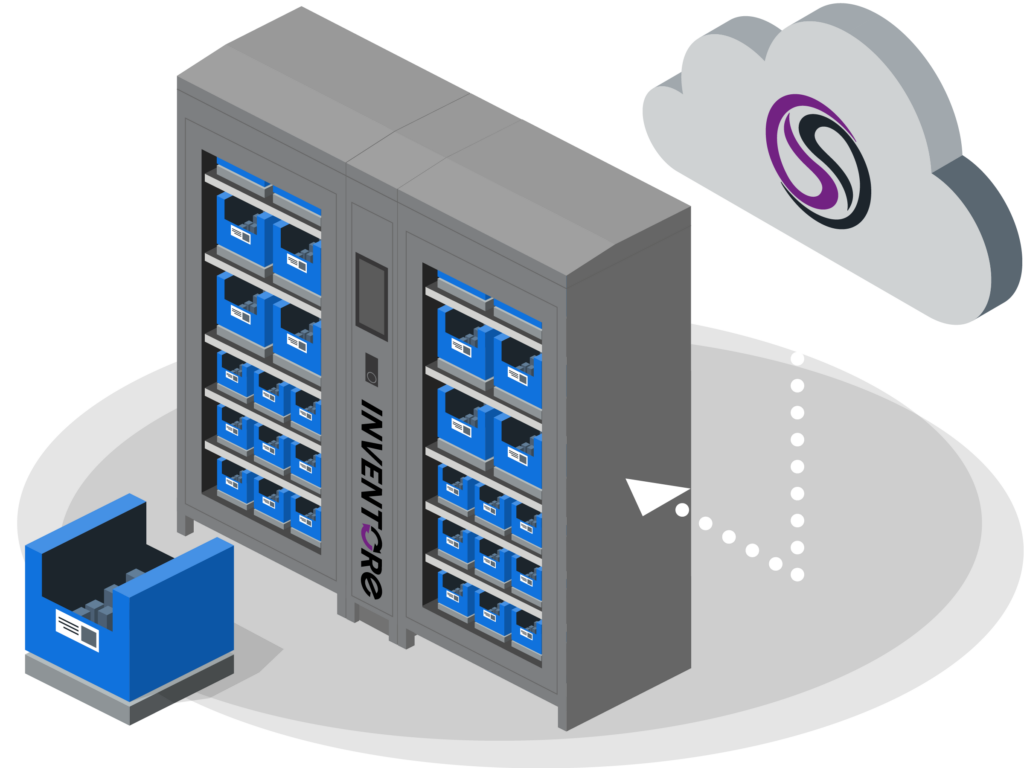In today’s technology-driven world, businesses are continually seeking ways to optimise their operations, reduce costs, and gain a competitive edge. The digital transformation of inventory management is not just a trend; it’s a necessity for modern businesses. In this blog, we’ll explore why making this shift is crucial and how it can revolutionise your approach to managing inventory.


The Traditional Inventory Management Challenge
Digital inventory management refers to the use of technology to automate and streamline inventory-related processes. This includes tracking stock levels, orders, and sales using advanced software systems.
In addition, digital inventory tracking systems provide real-time visibility and data-driven insights that work to transform your business. But inventory management has not always been this sophisticated. Traditionally, inventory management relied heavily on manual processes, spreadsheets, and outdated software systems. The approach had several limitations:
1. Inefficiency: Manual data entry and paper-based systems are time-consuming and error-prone. They hinder efficiency and can lead to costly mistakes.
2. Lack of Real-Time Data: Traditional methods often provide delayed or inaccurate insights into inventory levels and usage patterns. This can result in stockouts, overstocking, and poor decision-making.
3. Limited Visibility: Businesses often struggle to gain a comprehensive view of their inventory across multiple locations, making it difficult to identify trends and opportunities.
4. Compliance and Accountability Issues: Without robust access controls and auditing capabilities, maintaining compliance and tracking inventory movement becomes challenging.

The Digital Transformation Solution
The digital transformation management solution involves leveraging advanced technologies to overcome these challenges and achieve superior control and efficiency. As the business landscape continues to evolve, inventory digitalisation will play a critical role in driving success and growth. Investing in a digital inventory management system today is a step towards a more responsive and sustainable future. Here’s why it’s essential:
1. Real-Time Visibility: Digital inventory management systems provide real-time data on stock levels, usage, and demand. This allows for accurate decision-making and minimises stockouts and overstocking.
2. Enhanced Efficiency: Automation of inventory processes, from order management to restocking, reduces manual labor and streamlines operations.
3. Cost Savings: By optimising inventory levels, minimising waste, and improving order accuracy, businesses can significantly reduce costs.
4. Scalability: Digital systems can easily adapt to a business’s growth, whether it’s expanding to new locations or diversifying product lines.
5. Improved Security: Digital inventory management systems offer robust access controls, audit trails, and security measures to protect valuable assets.
6. Data-Driven Insights: Leveraging analytics and reporting tools, businesses can gain valuable insights into inventory trends, customer behavior, and more.
7. Better Customer Service: With real-time inventory data, businesses can provide accurate product availability information to customers, enhancing their experience.
8. Compliance Assurance: Digital systems make it easier to track compliance with industry regulations and internal policies, reducing the risk of non-compliance issues.
Conclusion: Embrace the Digital Transformation
The digital transformation of inventory management is no longer an option; it’s a strategic imperative for businesses looking to thrive in a fast-paced, data-driven world. By adopting modern inventory management solutions, you can revolutionise your approach, streamline operations, reduce costs, and gain a competitive advantage. Don’t wait; start your digital transformation journey today and discover the benefits of optimised inventory management.
Ready to Transform Your Inventory Management?
Contact us to explore how our digital inventory management solutions can empower your business and transform the way you manage inventory in the digital age.


